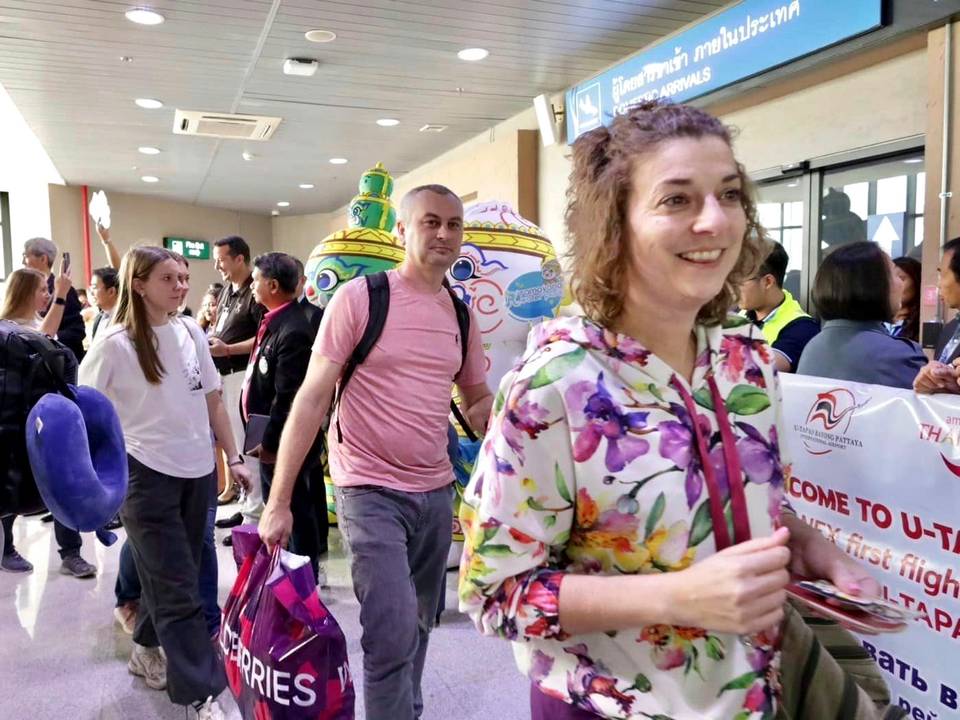
The Thai premier has won international praise for his marketing push to introduce a Schengen-type tourist visa arrangement for Thailand, Malaysia, Vietnam, Cambodia, Laos and Myanmar. The suggestion has actually been kicking around for 10 years but hasn’t got anywhere because of the nature of ASEAN. It is a regional organization, to be sure, but is founded on the principle of non-intervention: no interference in the national policies and laws of member states is a huge barrier to political innovation.
Bloomberg thinks it may be different this time. A recent article emphasizes that the Thai initiative has not fallen on deaf ears across the region. Maybe the success of Thailand in abolishing visas in advance and visas on arrival for 90 percent of arriving tourists is having an impact. The PM’s spokesman claims that enthusiasm about the 70 million tourists who have already visited at least one country in the region this year is on the rise. Thailand and Malaysia alone this year have benefitted to the tune of US$48 billion.
Yet the prospect of a Pan-Southeast Asian Zone is not remotely on the horizon. Visa rules in the six countries are very diverse. Tourist entry to Thailand is mostly free although whether an individual receives 15 or 30 or 90 days depends on his passport country: Russia and South Korea are at the top end. Cambodia, by contrast, charges nearly everybody between US$30-US$40 for a flat 30 days either on arrival or via e-visa. Vietnam has a complex mixture of fee-based and no-payment entry which appears to change on a regular basis. Some ASEAN partners allow Chinese and Indian nationals easy entry, whilst others require pre-flight approval and a hefty fee.
Bill Bennett, managing director of C9 Hotelwork, believes that bilateral arrangements might be the best way forward: two countries have a better chance of creating a common zone than all six. This cautious alternative also avoids the well-known Schengen problem in Europe where some potential visitors work out which member offers the lightest terms to get in so that they can visit the rest hassle-free. During the premiership of Thaksin Shinawatra Thailand and Cambodia discussed a bilateral tourist visa, but nothing came of the modest idea.
Yet another variant, sometimes promoted by Thai spokespersons, is that a local Schengen arrangement for six countries would be dependent on Thailand becoming the sole entry country. In other words, tourists would only be able to visit partner countries visa and hassle free provided they visited Thailand first. This would throw on Thailand a very heavy responsibility for approval and security across the region, perhaps too heavy for potential rivals to swallow. A Pan-Southeast Asian Zone would certainly transform international tourism – and potentially business – throughout the region. But don’t bet on it.

























